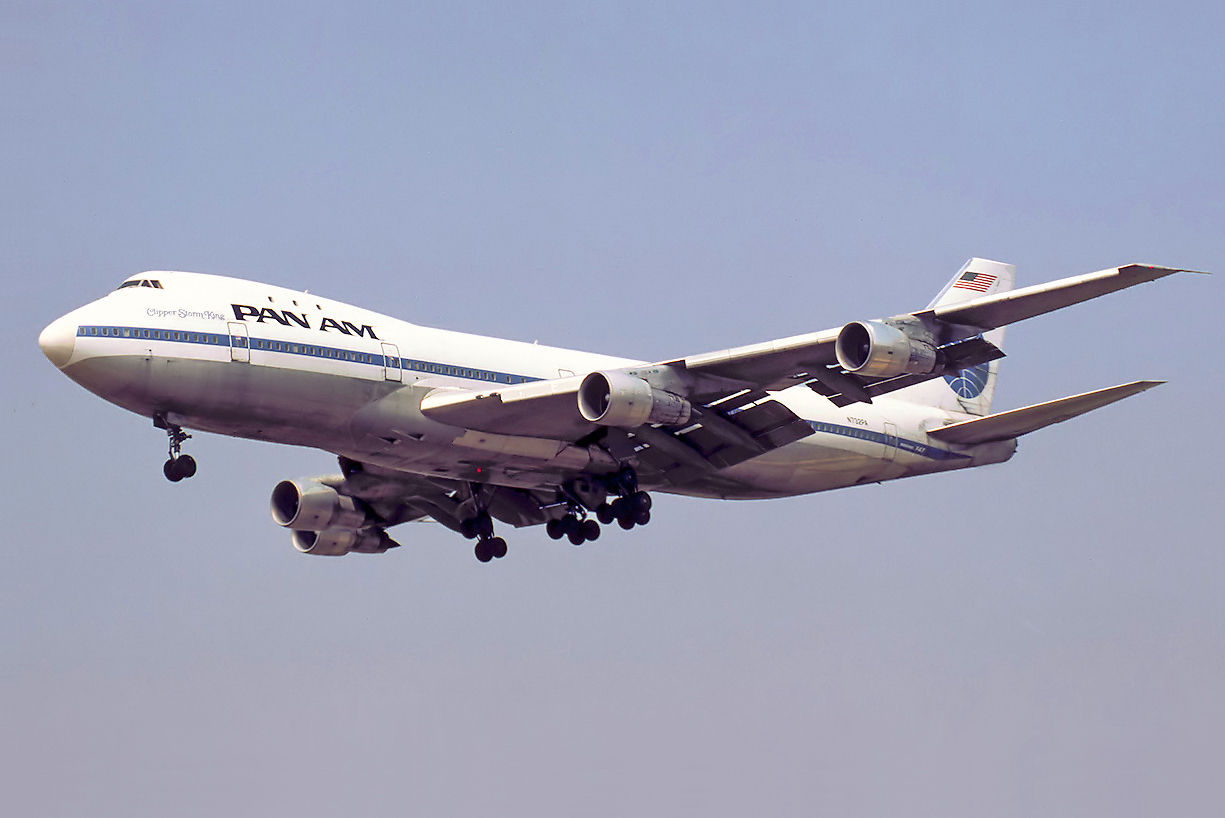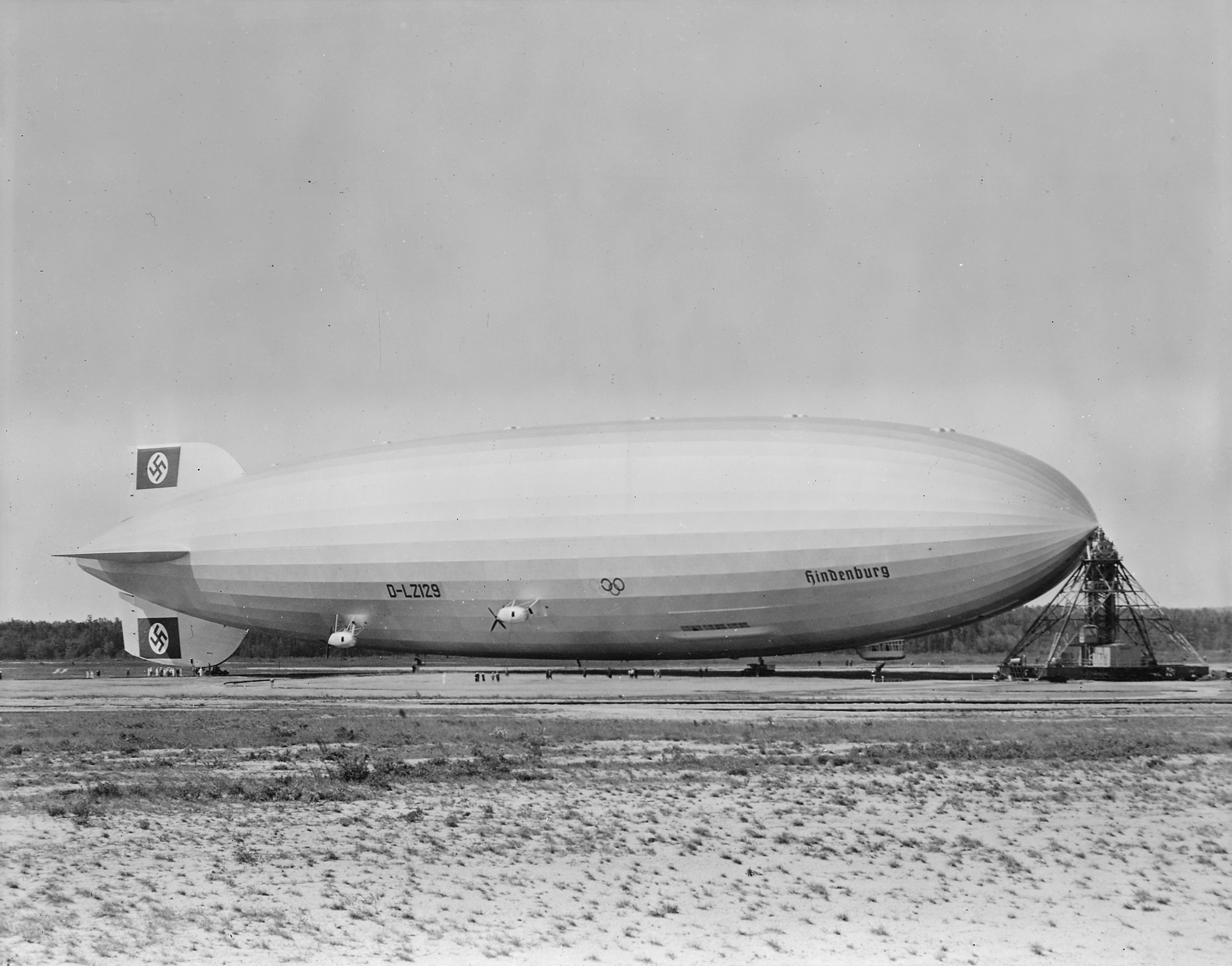|
2000 ASA Pesada Antonov An-24 Crash
The 2000 ASA Pesada Antonov An-24 crash occurred on 15 November 2000 when an Antonov An-24 registered as D2-FCG operated by Angolan airliner ASA Pesada crashed shortly after taking off from Quatro de Fevereiro Airport in Angola's capital Luanda. The aircraft was carrying 52 passengers and 5 crewmembers and was heading to Yuri Gagarin Airport in Namibe Province, Angola. All 57 people on board were killed in the crash. The crash was the third deadliest plane crash in Angola, the second deadliest plane crash involving an Antonov An-24, and the second plane crash to occur in the country in just less than 3 weeks. On 31 October, another Antonov An-24 carrying 49 people operated by ACA-Ancargo Air crashed in the northern part of the country, killing all 49 people on board with UNITA rebels claiming to have shot down the plane. Flight The aircraft took off from Luanda's Quatro de Fevereiro Airport to Namibe Airport Welwitschia Mirabilis International Airport ( pt, Aeroporto Interna ... [...More Info...] [...Related Items...] OR: [Wikipedia] [Google] [Baidu] |
Quatro De Fevereiro Airport
Quatro de Fevereiro International Airport ( pt, Aeroporto Internacional 4 de Fevereiro, sw, Uwanja wa Ndege wa Kimataifa wa Quatro de Fevereiro), is the main international airport of Angola. It is located in the southern part of the capital Luanda, situated in the Luanda Province. ''Quatro de Fevereiro'' means 4th of February, which is an important national holiday in Angola, marking the start of the armed struggle against the Portuguese colonial regime on 4 February 1961. In 2009, about 1.8 million passengers were counted. History The construction of the airport began in 1951, in order to serve the capital of the former-Portuguese Overseas Province of Angola. It was inaugurated in 1954, by the Portuguese President Craveiro Lopes, which in his honor, the airport was named ''Aeroporto Presidente Craveiro Lopes'' (President Craveiro Lopes Airport). In August, September, and October 1975 the airport hosted tens of thousands of mostly white Portuguese Angolans fleeing to Lisbon (d ... [...More Info...] [...Related Items...] OR: [Wikipedia] [Google] [Baidu] |
Namibe Airport
Welwitschia Mirabilis International Airport ( pt, Aeroporto Internacional Welwitschia Mirabilis) is an airport serving the Atlantic port city of Moçâmedes, the capital of Namibe Province in Angola. The runway is south of the city. Airlines and destinations See also * List of airports in Angola * Transport in Angola * Yuri Gagarin References External linksOurAirports - Namibe* * Welwitschia Mirabilis ''Welwitschia'' is a monotypic gymnosperm genus, comprising solely the distinctive ''Welwitschia mirabilis'', endemic to the Namib desert within Namibia and Angola. ''Welwitschia'' is the only living genus of the family Welwitschiaceae and ord ... Namibe Province {{Angola-airport-stub ... [...More Info...] [...Related Items...] OR: [Wikipedia] [Google] [Baidu] |
Antonov An-24
The Antonov An-24 ( Russian/ Ukrainian: Антонов Ан-24) ( NATO reporting name: Coke) is a 44-seat twin turboprop transport/passenger aircraft designed in 1957 in the Soviet Union by the Antonov Design Bureau and manufactured by Kyiv, Irkutsk and Ulan-Ude Aviation Factories. Design and development First flown in 1959, the An-24 was produced in some 1,000 units of various versions; in 2019 there are 109 still in service worldwide, mostly in the CIS and Africa. It was designed to replace the veteran piston Ilyushin Il-14 transport on short to medium haul trips, optimised for operating from rough strips and unprepared airports in remote locations. The high-wing layout protects engines and blades from debris, the power-to-weight ratio is higher than that of many comparable aircraft and the machine is rugged, requiring minimal ground support equipment. Due to its rugged airframe and good performance, the An-24 was adapted to perform many secondary missions such as ice ... [...More Info...] [...Related Items...] OR: [Wikipedia] [Google] [Baidu] |
ASA Pesada
ASA as an abbreviation or initialism may refer to: Biology and medicine * Accessible surface area of a biomolecule, accessible to a solvent * Acetylsalicylic acid, aspirin * Advanced surface ablation, refractive eye surgery * Anterior spinal artery, the blood vessel which supplies the anterior portion of the spinal cord * Antisperm antibodies, antibodies against sperm antigens * Argininosuccinic aciduria, a disorder of the urea cycle * ASA physical status classification system, rating of patients undergoing anesthesia Education and research * African Studies Association of the United Kingdom * African Studies Association * Alandica Shipping Academy, Åland Islands, Finland * Albany Students' Association, at Massey University, Auckland, New Zealand * Alexander-Smith Academy, in Houston, Texas * Alpha Sigma Alpha, U.S. national sorority * American Society for Aesthetics, philosophical organization * American Student Assistance, national non-profit organization * American S ... [...More Info...] [...Related Items...] OR: [Wikipedia] [Google] [Baidu] |
Luanda
Luanda () is the Capital (political), capital and largest city in Angola. It is Angola's primary port, and its major Angola#Economy, industrial, Angola#Culture, cultural and Angola#Demographics, urban centre. Located on Angola's northern Atlantic Ocean, Atlantic coast, Luanda is Angola's administrative centre, its chief seaport, and also the capital of the Luanda Province. Luanda and its metropolitan area is the most populous Portuguese language, Portuguese-speaking capital city in the world and the most populous Lusophone city outside Brazil, with over 8.3 million inhabitants in 2020 (a third of Angola's population). Among the oldest colonial cities of Africa, it was founded in January 1576 as ''São Paulo da Assunção de Loanda'' by Portuguese explorer Paulo Dias de Novais. The city served as the centre of the Slavery in Angola, slave trade to Brazil before its prohibition. At the start of the Angolan Civil War in 1975, most of the white Portuguese left as refugees, princ ... [...More Info...] [...Related Items...] OR: [Wikipedia] [Google] [Baidu] |
Yuri Gagarin Airport
Welwitschia Mirabilis International Airport ( pt, Aeroporto Internacional Welwitschia Mirabilis) is an airport serving the Atlantic port city of Moçâmedes, the capital of Namibe Province in Angola. The runway is south of the city. Airlines and destinations See also * List of airports in Angola * Transport in Angola * Yuri Gagarin References External linksOurAirports - Namibe* * Welwitschia Mirabilis ''Welwitschia'' is a monotypic gymnosperm genus, comprising solely the distinctive ''Welwitschia mirabilis'', endemic to the Namib desert within Namibia and Angola. ''Welwitschia'' is the only living genus of the family Welwitschiaceae and order ... Namibe Province {{Angola-airport-stub ... [...More Info...] [...Related Items...] OR: [Wikipedia] [Google] [Baidu] |
Aviation Safety Network
The Flight Safety Foundation (FSF) is an independent, nonprofit, international organization concerning research, education, advocacy, and communications in the field of aviation safety. FSF brings together aviation professionals from all sectors to help solve safety problems facing the industry. With a membership that spreads throughout the world, FSF brings an international perspective to aviation issues for its members, the media, and the traveling public. History Since its founding in 1947, the foundation has acted as a non-profit, independent clearinghouse to disseminate safety information, identify threats to safety, and recommend practical solutions. Today, the foundation provides leadership to more than 1200 members in more than 75 countries. AvCIR The Aviation Crash Injury Research (AvCIR) Division became part of FSF in April 1959, being transferred from Cornell University.''Army Aviation Safety - Crash Injury, Crashworthiness'', AvCIR 70-0-128, Flight Safety Foundation ... [...More Info...] [...Related Items...] OR: [Wikipedia] [Google] [Baidu] |
Aviation Accidents And Incidents In 2000
Aviation includes the activities surrounding mechanical flight and the aircraft industry. ''Aircraft'' includes fixed-wing and rotary-wing types, morphable wings, wing-less lifting bodies, as well as lighter-than-air craft such as hot air balloons and airships. Aviation began in the 18th century with the development of the hot air balloon, an apparatus capable of atmospheric displacement through buoyancy. Some of the most significant advancements in aviation technology came with the controlled gliding flying of Otto Lilienthal in 1896; then a large step in significance came with the construction of the first powered airplane by the Wright brothers in the early 1900s. Since that time, aviation has been technologically revolutionized by the introduction of the jet which permitted a major form of transport throughout the world. Etymology The word ''aviation'' was coined by the French writer and former naval officer Gabriel La Landelle in 1863. He derived the term from the ve ... [...More Info...] [...Related Items...] OR: [Wikipedia] [Google] [Baidu] |
Accidents And Incidents Involving The Antonov An-24
An accident is an unintended, normally unwanted event that was not directly caused by humans. The term ''accident'' implies that nobody should be blamed, but the event may have been caused by unrecognized or unaddressed risks. Most researchers who study unintentional injury avoid using the term ''accident'' and focus on factors that increase risk of severe injury and that reduce injury incidence and severity. For example, when a tree falls down during a wind storm, its fall may not have been caused by humans, but the tree's type, size, health, location, or improper maintenance may have contributed to the result. Most car wrecks are not true accidents; however English speakers started using that word in the mid-20th century as a result of media manipulation by the US automobile industry. Types Physical and non-physical Physical examples of accidents include unintended motor vehicle collisions, falls, being injured by touching something sharp or hot, or bumping into some ... [...More Info...] [...Related Items...] OR: [Wikipedia] [Google] [Baidu] |
Aviation Accidents And Incidents In Angola
Aviation includes the activities surrounding mechanical flight and the aircraft industry. ''Aircraft'' includes fixed-wing and rotary-wing types, morphable wings, wing-less lifting bodies, as well as lighter-than-air craft such as hot air balloons and airships. Aviation began in the 18th century with the development of the hot air balloon, an apparatus capable of atmospheric displacement through buoyancy. Some of the most significant advancements in aviation technology came with the controlled gliding flying of Otto Lilienthal in 1896; then a large step in significance came with the construction of the first powered airplane by the Wright brothers in the early 1900s. Since that time, aviation has been technologically revolutionized by the introduction of the jet which permitted a major form of transport throughout the world. Etymology The word ''aviation'' was coined by the French writer and former naval officer Gabriel La Landelle in 1863. He derived the term from the ... [...More Info...] [...Related Items...] OR: [Wikipedia] [Google] [Baidu] |
November 2000 Events In Africa
November is the eleventh and penultimate month of the year in the Julian and Gregorian Calendars, the fourth and last of four months to have a length of 30 days and the fifth and last of five months to have a length of fewer than 31 days. November was the ninth month of the calendar of Romulus . November retained its name (from the Latin ''novem'' meaning "nine") when January and February were added to the Roman calendar. November is a month of late spring in the Southern Hemisphere and late autumn in the Northern Hemisphere. Therefore, November in the Southern Hemisphere is the seasonal equivalent of May in the Northern Hemisphere and vice versa. In Ancient Rome, Ludi Plebeii was held from November 4–17, Epulum Jovis was held on November 13 and Brumalia celebrations began on November 24. These dates do not correspond to the modern Gregorian calendar. November was referred to as Blōtmōnaþ by the Anglo-Saxons. Brumaire and Frimaire were the months on which Novemb ... [...More Info...] [...Related Items...] OR: [Wikipedia] [Google] [Baidu] |





